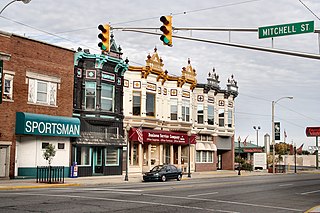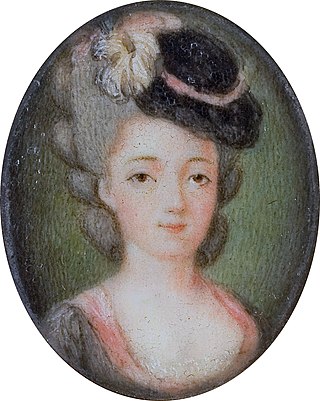This article or section is in a state of significant expansion or restructuring. You are welcome to assist in its construction by editing it as well. If this article or section has not been edited in several days , please remove this template. If you are the editor who added this template and you are actively editing, please be sure to replace this template with {{ in use }} during the active editing session. Click on the link for template parameters to use. This article was last edited by Presidentman (talk | contribs) 19 hours ago. (Update timer) |
This article needs additional citations for verification .(May 2024) |
Several thousand place names in the United States have names of French origin, some a legacy of past French exploration and rule over much of the land and some in honor of French help during the American Revolution and the founding of the country (see also: New France and French in the United States ). Others were named after early Americans of French, especially Huguenot, ancestry (Marion, Revere, Fremont, Lanier, Sevier, Macon, Decatur, etc.). Some places received their names as a consequence of French colonial settlement (e.g. Baton Rouge, Detroit, New Orleans, Saint Louis). Nine state capitals are French words or of French origin (Baton Rouge, Boise, Des Moines, Juneau, Montgomery, Montpelier, Pierre, Richmond, Saint Paul) - not even counting Little Rock (originally "La Petite Roche") or Cheyenne (a French rendering of a Lakota word). Fifteen state names are either French words / origin (Delaware, New Jersey, Louisiana, Maine, Oregon, Vermont) or Native American words rendered by French speakers (Arkansas, Illinois, Iowa, Kansas, Michigan, Mississippi, Ohio, Wisconsin).
Contents
- Alabama
- Alaska
- Arizona
- Arkansas
- California
- Colorado
- Connecticut
- Delaware
- Florida
- Georgia
- Hawaii
- Idaho
- Illinois
- Indiana
- Iowa
- Kansas
- Kentucky
- Louisiana
- Maine
- Maryland
- Massachusetts
- Michigan
- Minnesota
- Mississippi
- Missouri
- Montana
- Nebraska
- Nevada
- New Hampshire
- New Jersey
- New Mexico
- New York
- North Carolina
- North Dakota
- Ohio
- Oklahoma
- Oregon
- Pennsylvania
- Rhode Island
- South Carolina
- South Dakota
- Tennessee
- Texas
- Utah
- Vermont
- Virginia
- Washington
- West Virginia
- Wisconsin
- Wyoming
- U.S. Virgin Islands
- See also
- Notes
- References
- Bibliography
- External links
The suffix "-ville," from the French word for "city" is common for town and city names throughout the United States. Many originally French place names, possibly hundreds, in the Midwest and Upper West were replaced with directly translated English names once American settlers became locally dominant (e.g. "La Petite Roche" became Little Rock; "Baie Verte" became Green Bay; "Grandes Fourches" became Grand Forks).













